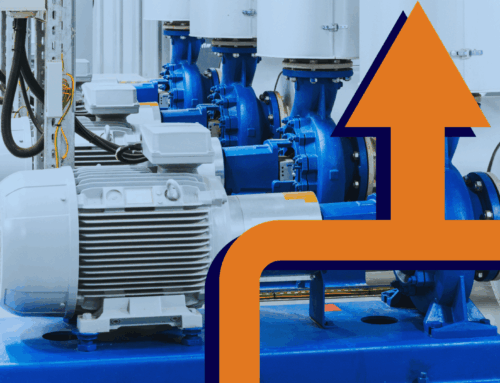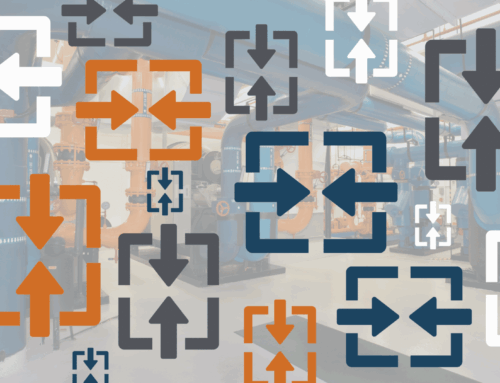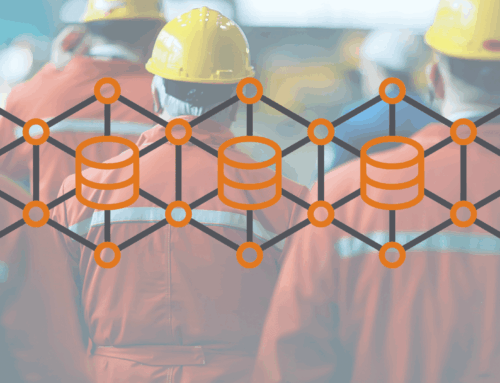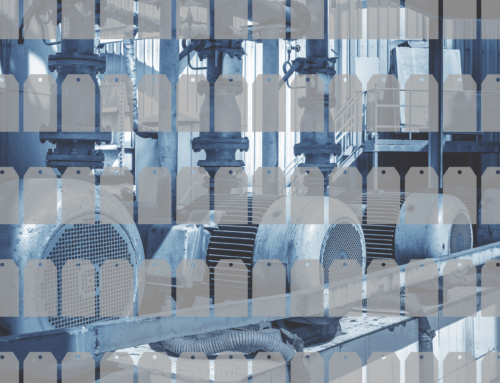Predictive analytics (PdA) is a method to uncover patterns and forecast trends in data to predict current and upcoming events. It includes processes and stages, including data assessment, machine learning, and statistical analysis. Depending on the complexity of the problem, the availability of information, and the accuracy required, there is a range of techniques, from group modeling to linear regression to clustering, to predict and identify events.
The value of predictive analytics is the ability to plan for future events and minimize risks through the PdA insights . PdA is not specific to a sector or vertical and instead represents a technique for improved intelligence from data. For example, in Finance and Accounting, teams use PdA to estimate future profit, loss, and cash flow. Marketing professionals use clustering algorithms to analyze customer behavioral data to predict buying patterns and sales trends. And the healthcare industry uses PdA to prevent life-threatening allergic reactions through automated medication administration during an allergic reaction.
For more information on how different industries apply predictive analytics, check out this Harvard Business School Online blog post: “What Is Predictive Analytics? 5 Examples.”
Predictive Analytics Value
In the process and discrete industries, predictive analytics enables organizations to expand their maintenance strategy to include predictive maintenance. For example, an advanced predictive analytics solution pairs algorithms, machine learning, and historical and current equipment data to identify current and future failures. By knowing current equipment operating health, personnel can plan for and eliminate potential failures before catastrophic failure or unscheduled downtime. Through predictive maintenance techniques, plants benefit from increased equipment efficiency and productivity, decreased operation costs, and reduced unscheduled downtime.
For more information on the value of a predictive maintenance strategy, check out our blog post: “Key Benefits of Predictive Maintenance (PdM).”
- Increased Lead Time Before Equipment Failure: before a piece of equipment fails, there will typically be indicators of potential issues before the functional failure occurs. Unfortunately, many times these indicators go unnoticed. For example, vibration data tends to fluctuate, and it can be difficult to identify actual indicators of misalignment. By analyzing real-time data 24/7, a PdA solution can identify areas of degradation and provide users with early warnings days, weeks, and months before a standard setpoint alarm. With this increased lead time, organizations have more time to plan and act.
- Reduced Equipment Downtime and Maintenance Costs: with more lead time, a site can rectify a problem before it becomes functional and, worse, a catastrophic failure. Predicting equipment health degradations allows you to perform maintenance on the equipment that needs immediate service, not on equipment that does not require assistance. Knowing the current equipment status gives you the foresight to plan scheduled machine downtime when necessary and saves your facility from dealing with reactive equipment replacement and personnel costs.
- Improved Operational Insights: Predictive analytics software gives you an advanced view of how your operations and equipment are running. When you have advanced foresight into the health status of your equipment, you have better forecasting abilities, better resource planning capabilities, improved downtime scheduling, and enhanced inventory management. These insights give you the upper hand to be able to be to make effective data-driven decisions.
The Right PdA Solution
When selecting a PdA solution, organizations must evaluate what is available in the market and what organizational data they have available. For example, a predictive analytics solution based on failure modes is highly accurate, but the organization may have only some failure modes. Therefore, a solution solely based on known failure modes may be incomplete.
Another option is normal operation monitoring by learning, modeling, and analyzing current real-time values with expected values from historical, fault-free data. Regardless of the method selected, look for a provider that offers simple and straightforward implementation and training. And consider all the upfront and ongoing costs of keeping the solution maintained. Check out our blog post on the benefits and costs of implementing a predictive analytics solution for more information.
Next Steps
New to Predictive Analytics or interested in expanding your knowledge to help improve operations? You’re in the right spot—HanAra has been an expert in the field for many years. We’ve helped organizations transform their equipment data into meaningful insights for over twenty years. Through our work, we have gained valuable knowledge in the asset performance management and predictive analytics software industry space.
Are you looking to implement predictive analytics for your operations? We can help. Contact us today to learn how we partner with our customers to transform operations into a model of operational excellence.






